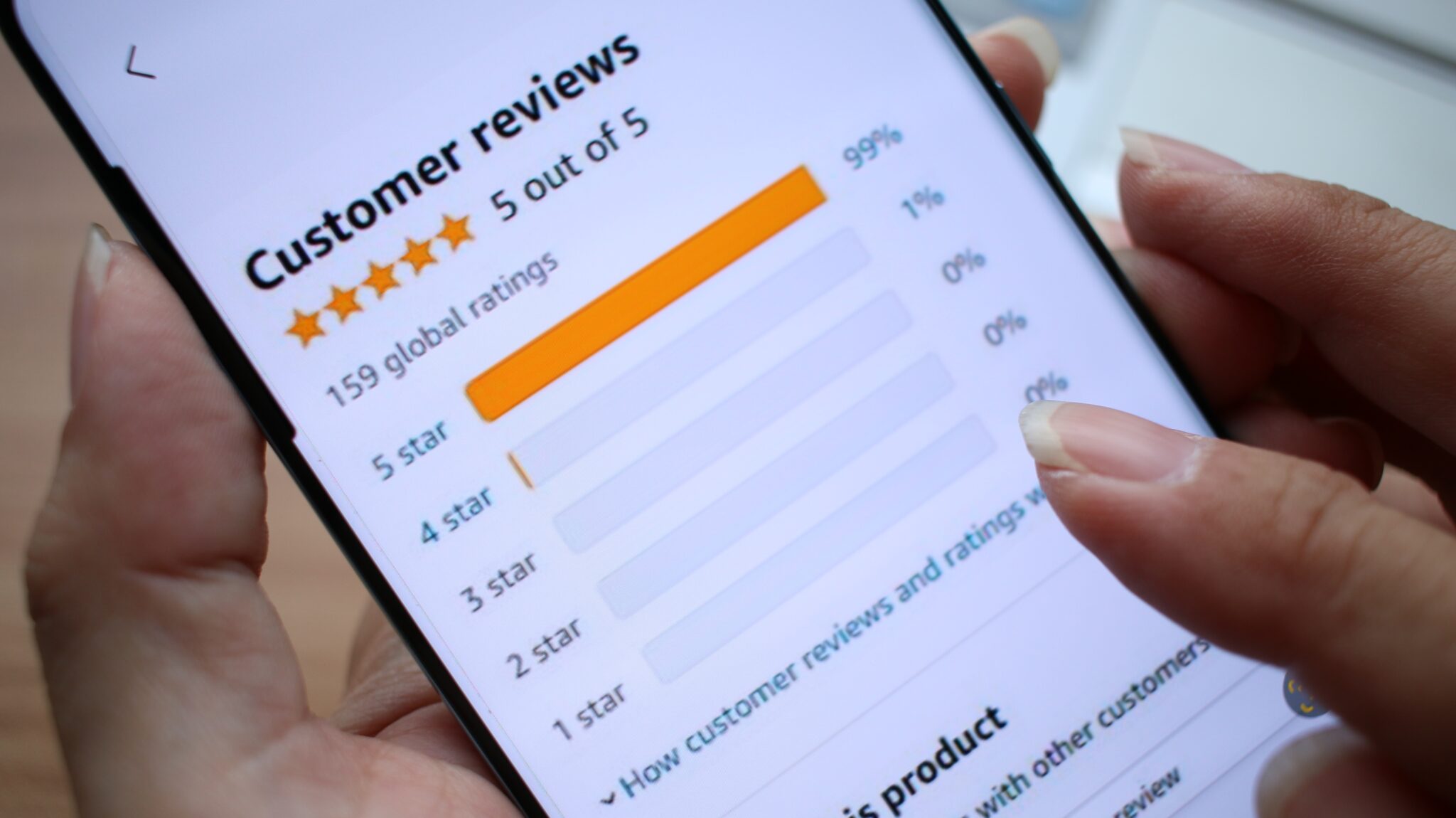
Digital marketing is an important tool to drive sales, but it can be overwhelming. Two floral professionals who will speak at SAF Orlando 2022 share some of the strategies they’ve adopted to streamline their digital marketing.
Online reviews. Pay-per-clicks. QR codes.
For retail florists, driving customers to the digital marketplace requires the same attention to detail as maintaining a brick-and-mortar shop. Just as window displays, signage and the front cooler must be changed regularly to reflect certain products and promotions, digital marketing must be purposefully and continually curated and monitored to drive revenue.
“I update the website three to five times a day depending on what’s selling,” says Rachel Martin, owner of Ballard Blossom in Seattle, Washington. “My website showcases what I have in the store to make. … If you want to see growth, I think you have to manage your digital marketing and work it. You have to consider it just like your store.”
In addition to promoting certain products on the Ballard Blossom homepage, Martin also manages the store’s Google, Yelp, social media sites and other business profile pages to ensure its digital presence is not stagnant.
Reviews are particularly important, says Danny Sanchez, founder and CEO of South Florals Group in Miami, Florida. While great products are a staple of any business, that alone will not generate good online reviews, he says.
Martin and Sanchez will share their digital marketing expertise at the Society of American Florists’ 137th annual convention Sept. 6-8 in Orlando, Florida. Martin will take part in a panel discussion, “Digital Marketing Do-Over.” Sanchez will lead a session, “Driving Revenue with Reviews.” The convention schedule also includes time for a marketing hack idea swap.
Five Star Reviews
Business owners must put effort into generating customer reviews, Sanchez says.
“Online reviews have a direct connection with how you’re viewed online,” Sanchez says. “Google, Google Maps—all of that is directly connected.”
And, quantity matters, he says. A five-star rating with 10 reviews isn’t as strong as a four and a half star rating with more than 200 reviews.
Building those reviews involves more than simply asking customers to write one, Sanchez says. Business owners need to organically prompt customers to share their praise, he says. To generate that kind of customer engagement, Sanchez built an app that enables florists to send pictures of flower arrangements to the customer before delivery. In doing so, customers are automatically prompted to leave a review.
Another way to get more reviews is by including a QR code on a flower card that sends customers online for care instructions, Sanchez suggests. With the proper placement and prompt, you can encourage a review once the customer is online.
Other Digital Tools
Using these behind-the-scenes tools is essential, says Martin, who notes that the recent overhaul to update to Ballard Blossom’s website prompted her to revisit every aspect of her digital presence to ensure it is working for the business.
“We are really trying to fully integrate everything together and relook at it and think about what has changed and use it differently to drive sales,” she says.
That means managing pay-per-clicks in a way that matches her daily staffing and orders. If the store is overwhelmed with a major event and many orders, Martin says she will turn off pay-per-clicks for the day because she doesn’t have the capacity to properly handle any more orders.
Monitoring these daily tasks are part of the bigger picture of improving search engine optimization (SEO). More than 50 percent of marketers say keyword rankings and organic traffic are the top ways they measure the success of their SEO strategies, according to a 2021 report.
By using digital tools and data to understand how consumers are searching for and finding your brand, florists can start to prepare for the coming changes in the digital marketplace, Sanchez says. With machine learning and artificial intelligence on the horizon, Sanchez says it’s critical that florists stay competitive with the current trends in the digital marketplace.
“Machine learning and pay-per-click advertising will allow florists to compete with the best by telling us when to feature the best products, when to customize something for responding to a new trend,” Sanchez says. “You can set those things to learn that over time, to do it for you, to understand consumer behaviors.”
Sarah Sampson is a contributing writer for the Society of American Florists.






